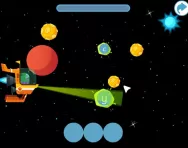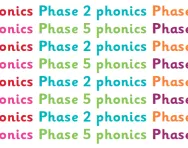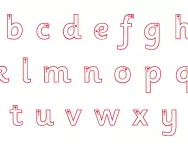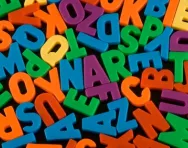Important update from TheSchoolRun
For the past 13 years, TheSchoolRun has been run by a small team of mums working from home, dedicated to providing quality educational resources to primary school parents. Unfortunately, rising supplier costs and falling revenue have made it impossible for us to continue operating, and we’ve had to make the difficult decision to close. The good news: We’ve arranged for another educational provider to take over many of our resources. These will be hosted on a new portal, where the content will be updated and expanded to support your child’s learning.
What this means for subscribers:
- Your subscription is still active, and for now, you can keep using the website as normal — just log in with your usual details to access all our articles and resources*.
- In a few months, all resources will move to the new portal. You’ll continue to have access there until your subscription ends. We’ll send you full details nearer the time.
- As a thank you for your support, we’ll also be sending you 16 primary school eBooks (worth £108.84) to download and keep.
A few changes to be aware of:
- The Learning Journey weekly email has ended, but your child’s plan will still be updated on your dashboard each Monday. Just log in to see the recommended worksheets.
- The 11+ weekly emails have now ended. We sent you all the remaining emails in the series at the end of March — please check your inbox (and spam folder) if you haven’t seen them. You can also follow the full programme here: 11+ Learning Journey.
If you have any questions, please contact us at [email protected]. Thank you for being part of our journey it’s been a privilege to support your family’s learning.
*If you need to reset your password, it will still work as usual. Please check your spam folder if the reset email doesn’t appear in your inbox.
Parents' guide to Phase 4 phonics

What will your child learn in Phase 4 phonics?
In Phase 4 phonics, children will, among other things:
Practise reading and spelling CVCC words (‘bump', 'nest', ‘belt,’ ‘milk’, etc)
Practise reading and spelling high frequency words
Practise reading and writing sentences
Learn more tricky words, including ‘have,’ ‘like,’ ‘some,’ ‘little’
Once your child has reached Phase 4 phonics, they should be confident with each phoneme. In this phase Sara Wernham, a primary school teacher and one of the developers of the Jolly Phonics scheme, explains that phonics teaching is about consolidating existing knowledge and introducing different spelling patterns and trickier words, with the aim of increasing children's vocabulary.
Children are expected to transition to reading words fluently without the need to sound them out. Additionally, they should demonstrate the ability to write each letter, achieving mostly accurate results.
When is Phase 4 phonics taught?
Phase 4 phonics is usually taught near the end of Reception and/or at the beginning of Year 1 and typically lasts four to six weeks. However, it's a good idea to check with your school if you're unsure, as programmes may vary slightly between schools and practices evolve over time. It will follow on from Phase 3 phonics and focus on consolidation of knowledge with the addition of new patterns and tricky words.
What sounds are taught in Phase 4 phonics?
Here are some sounds that your child may learn in Phase 4 phonics:
You can print this sound mat out and stick it up at home to help your child practise their Phase 4 phonics sounds.
How can you help your child with Phase 4 phonics at home?
Parents can play a crucial role in supporting their child's learning of Phase 4 phonics at home. Here are some practical tips:
- Review previous phases: Before starting Phase 4, ensure that your child has a good grasp of the phonemes and graphemes learned in previous phases (Phases 1 to 3).
- Practise blending and segmenting: When you read together, continue to reinforce blending and segmenting skills. Encourage your child to blend sounds to read words and segment words into individual sounds for spelling.
- Introduce new graphemes: In Phase 4, new graphemes are introduced, including consonant blends (e.g., "st," "br," "fl"). Help your child become familiar with these combinations by practising reading and spelling words containing these blends.
- Tricky words: Focus on tricky words that are introduced in Phase 4. These are common words that cannot be easily decoded using phonics alone. Practise reading and spelling these words with your child.
- Reading books: Choose books that align with Phase 4 phonics. Look for books that contain words with consonant blends and tricky words. Reading together regularly can enhance your child's phonics skills.
- Word games: Engage in word games that involve blending and segmenting. Create flashcards with words containing consonant blends and tricky words. Play games like Snap or Memory with these cards.
- Phonic apps and resources: Use educational apps and online resources that are designed to support Phase 4 phonics learning. Many reputable platforms provide interactive games and activities.
- Consistency and patience: Learning phonics is a gradual process, so be patient. Consistency is key, so try to incorporate short, regular sessions into your routine rather than lengthy, infrequent ones.
- Communication with teachers: Stay in touch with your child's teacher to understand what they are learning in school and to align your home support with the school's phonics programme.







